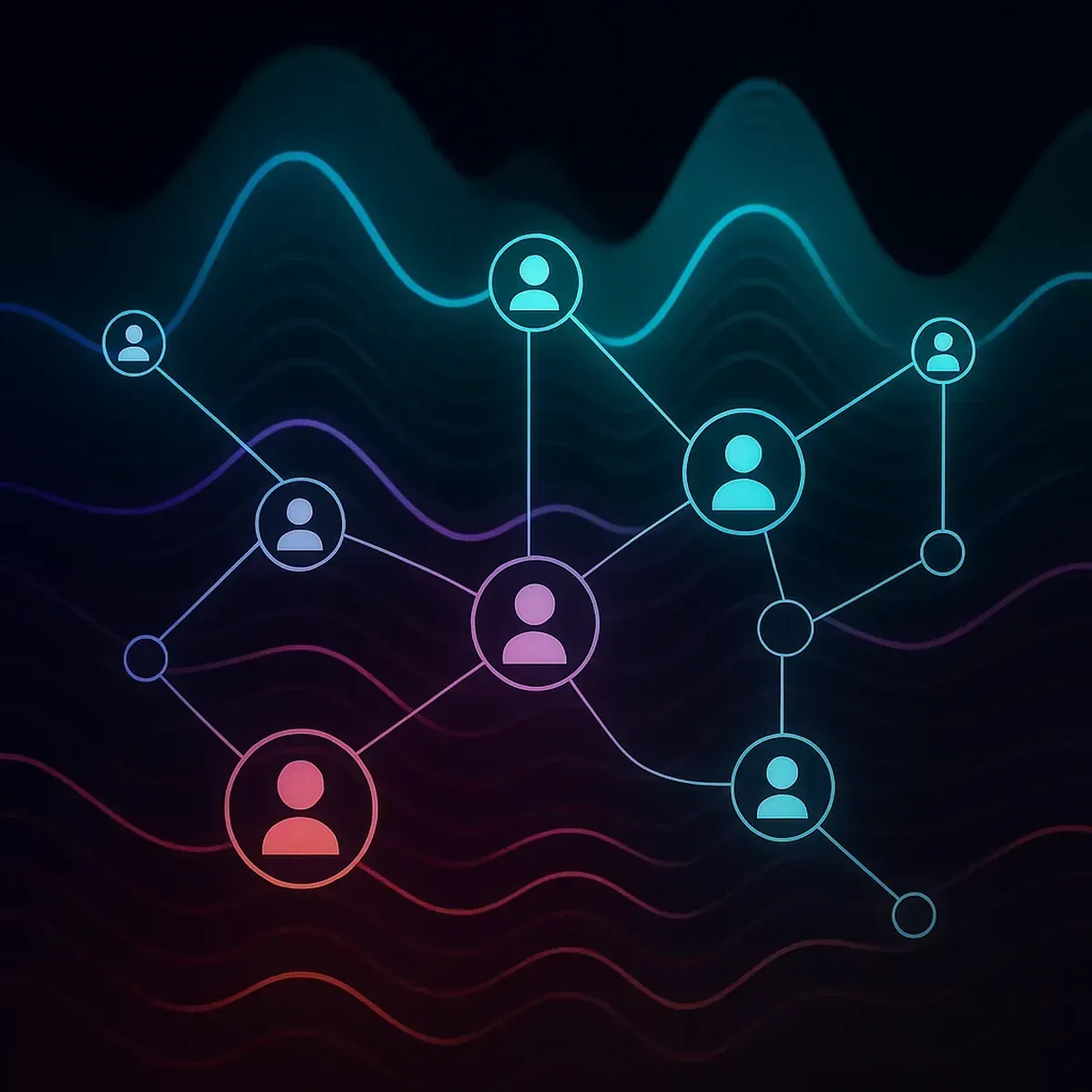Open-Source Tools Every Robotics Maker Should Know
Essential open-source libraries, simulators, and frameworks for robotics development.
TL;DR: This guide explains core concepts, gives you a minimal working example, and lists next steps so you can extend the project for your needs.
- Problem framing — what we are trying to accomplish and constraints.
- Architecture — components, data flow, and deployment options.
- Practical trade‑offs — cost, latency, privacy, reliability, and complexity.
Minimal Working Example
Ad — In-Page (Monetag)
# 1) Setup environment and dependencies
# 2) Acquire or simulate sensor/camera data
# 3) Load a tiny model or rule-based pipeline
# 4) Run inference / control loop
# 5) Log results and visualize for debugging
Keep it small first; measure; then iterate.
Build Steps
- Define success metrics and a test scenario.
- Prepare data or simulation; ensure reproducibility.
- Start with a baseline and record performance.
- Optimize with quantization, caching, or model changes.
- Harden for real‑world use: watchdogs, telemetry, OTA updates.
Gotchas & Safety
- Respect privacy and local regulations when using cameras or microphones.
- Isolate high‑current electronics and add proper fusing.
- Design graceful failure modes; test edge cases.
